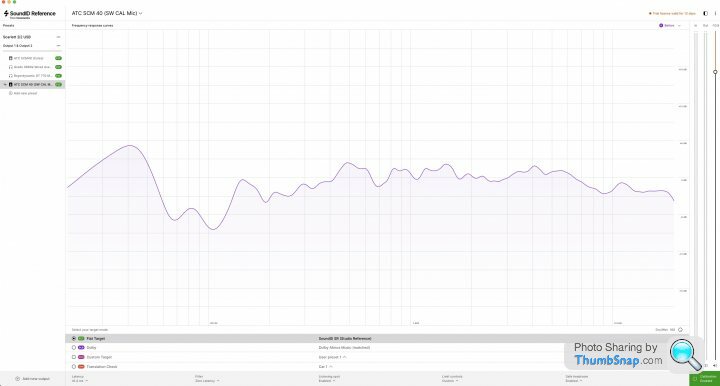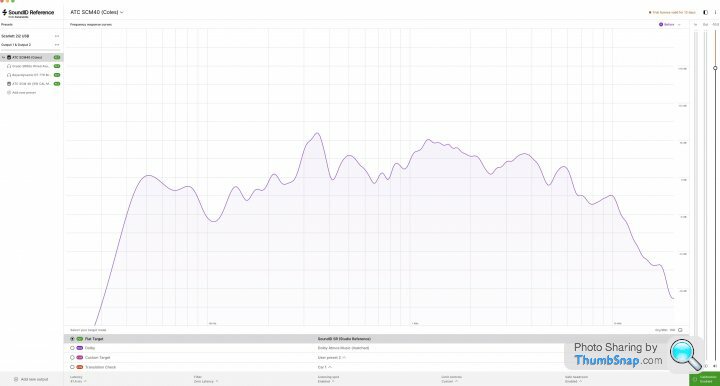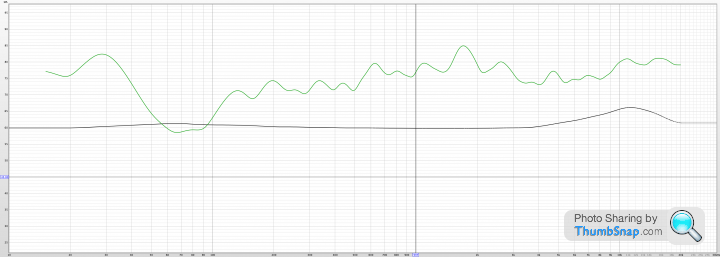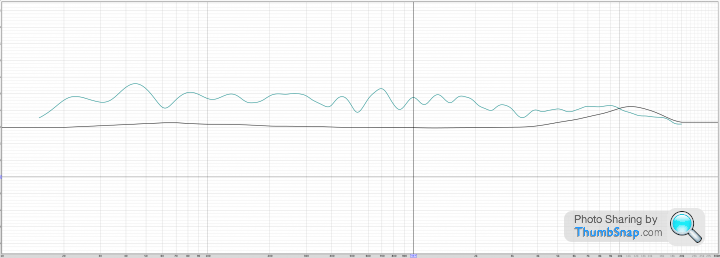Anyone using Room EQ software?
Discussion
Well this is a bit new to me but it’s blown my mind. All this nonsense with 10k cables and interconnects made with unicorn tears. Here is something that actually works and makes one hell of a difference.
A piece of software called Sonarworks Sound ID. You go through a process with a microphone where it takes readings from about 40 places in your room. It works out how far apart your speaker are and how far away you are sat as the listener. It then essentially EQs the output to compensate for inadequacy’s with your rooms acoustics and speakers.
Not my photo
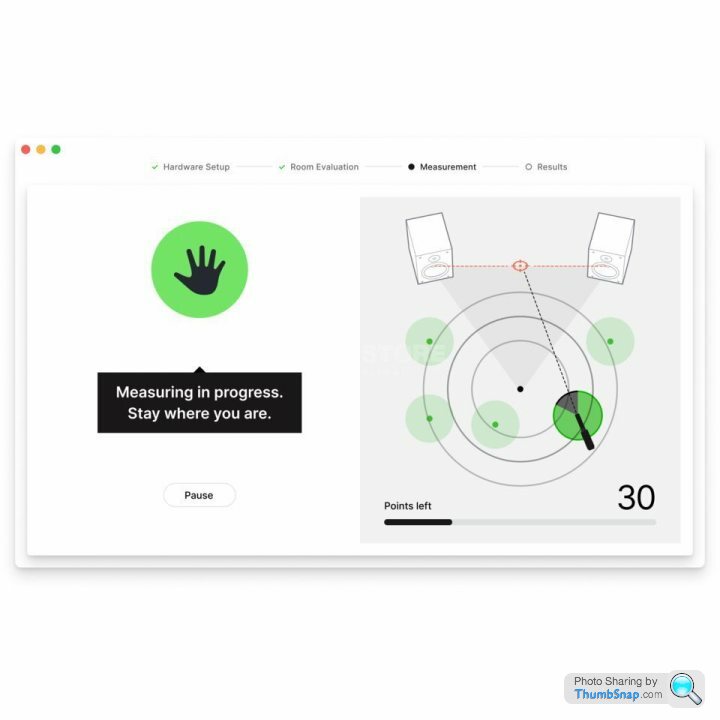
Here is what it found.
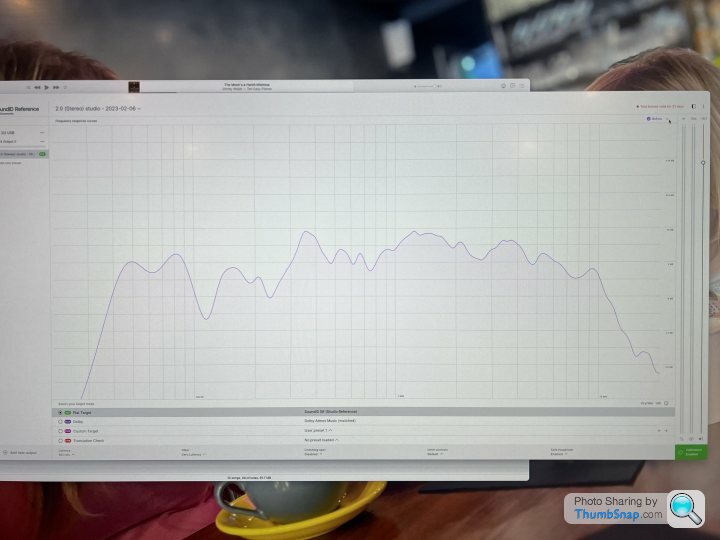
So you can see the pronounced dip at about 100hz and various bulges. Ignore the massive drop off at 10k, that’s due to the microphone I was using (Cole’s 4038). You are supposed to use a calibrated microphone which I’ll get later this month
It then flips that and makes it your EQ profile.
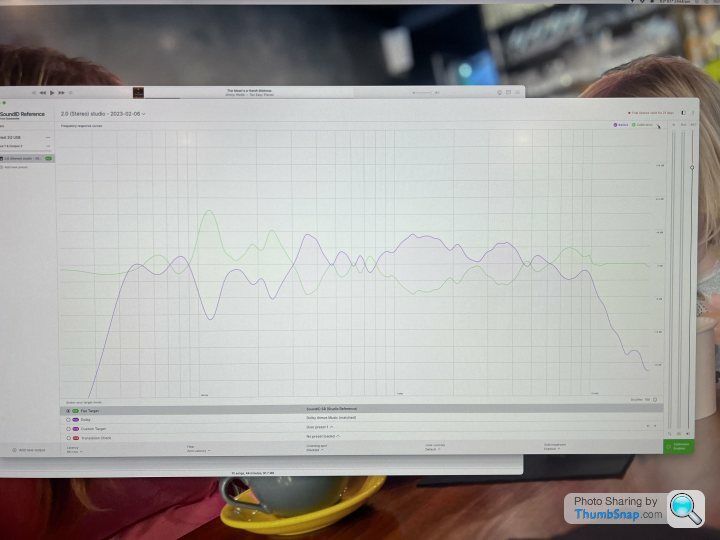
And the result is a near flat frequency response which completely changes the way your audio sounds.
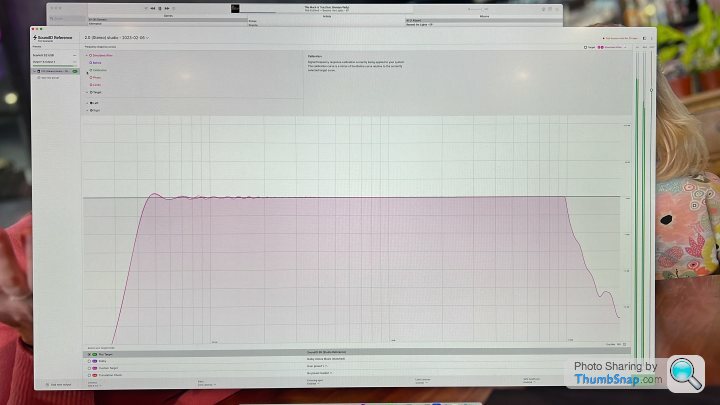
I’ve got fairly nice ATC SCM40 speakers and they sound great, however this has absolutely transformed the way they sound.
If you have to tools to give it a go, do so. There is a free trial download. It also does headphone modelling too and makes a decent set of headphones like dt770 sound like a £1000 pair of grados.
TBT
A piece of software called Sonarworks Sound ID. You go through a process with a microphone where it takes readings from about 40 places in your room. It works out how far apart your speaker are and how far away you are sat as the listener. It then essentially EQs the output to compensate for inadequacy’s with your rooms acoustics and speakers.
Not my photo

Here is what it found.

So you can see the pronounced dip at about 100hz and various bulges. Ignore the massive drop off at 10k, that’s due to the microphone I was using (Cole’s 4038). You are supposed to use a calibrated microphone which I’ll get later this month
It then flips that and makes it your EQ profile.

And the result is a near flat frequency response which completely changes the way your audio sounds.

I’ve got fairly nice ATC SCM40 speakers and they sound great, however this has absolutely transformed the way they sound.
If you have to tools to give it a go, do so. There is a free trial download. It also does headphone modelling too and makes a decent set of headphones like dt770 sound like a £1000 pair of grados.
TBT
Edited by thebraketester on Wednesday 8th February 12:50
Yes, I use Dirac, in my case it's integrated in the MiniDSP SHD box that I use as a preamp. Funnily enough I also have SCM40s.
That graph is remarkably flat, does your software achieve that by mostly cutting the peaks rather than boosting anything ? If so does it still go loud enough afterwards ?
I've tried the "cut only" approach with my system and I just lose too much gain that way, so my results look a lot more compromised, with some dips that can't be filled because they're caused by interference. It still sounds way better than without the correction, much tighter and with no stand-out low notes.
You might also find you prefer the sound if you tilt the response a bit from left to right (aka the Harman curve) as it can sound a bit thin with just a flat response.
I find it baffling that people spend s
 tloads of money on stuff that makes absolutely no difference, and refuse to use room correction, which would actually make a big difference, because it's "a tone control and will remove the emotion from the music" or some other b
tloads of money on stuff that makes absolutely no difference, and refuse to use room correction, which would actually make a big difference, because it's "a tone control and will remove the emotion from the music" or some other b ks.
ks.outnumbered said:
That graph is remarkably flat, does your software achieve that by mostly cutting the peaks rather than boosting anything ? If so does it still go loud enough afterwards ?
.
I think (I’ll have a look later) you can choose how much allowed boost. 0db, 6db or 12db I think..
Still plenty loud enough.
thebraketester said:
deckster said:
I'll eat my hat if that second graph is measured response from the mic. They've just overlaid two graphs.
It’s a simulated graph of what it should be in theory given the applied EQEdited by thebraketester on Wednesday 8th February 14:05
Boosting to fill in dips just doesn't work. The room is what's causing those dips. It's the room dimensions and also the mic position. At certain points in the room there'll be lows and highs and neutrals. The peaks and troughs become more pronounced as the frequency gets lower.
If you or the mic are sat at a bass null l then trying to fix that by putting in more energy is a complete waste of time. The null is caused by a sound wave bouncing off one of the walls and cancelling the following sound wave at that position. The more energy the bigger the incident and reflected waves, but they still cancel each other out. Meanwhile, bass at that frequency is getting overblown in other points in the room.
Electronic room EQ is a valuable tool, but there's only so far it can go before you realise that making any further progress requires fixing the room with sound treatment acoustic panels.
If you or the mic are sat at a bass null l then trying to fix that by putting in more energy is a complete waste of time. The null is caused by a sound wave bouncing off one of the walls and cancelling the following sound wave at that position. The more energy the bigger the incident and reflected waves, but they still cancel each other out. Meanwhile, bass at that frequency is getting overblown in other points in the room.
Electronic room EQ is a valuable tool, but there's only so far it can go before you realise that making any further progress requires fixing the room with sound treatment acoustic panels.
I've got a Lyngdorf TDAi-1120 which has their proprietary 'Room Perfect' room compensation software on-board - it's fantastic, especially for integrating subs.
Prior to that I had an Anthem AVR with ARC used solely for two channel listening (Anthem Room Correction...not HDMI ARC...) it was very good indeed but only covered upto 5kHz, but not a patch on Room Perfect.
I suggest you download REW (Room EQ Wizard - free download) and have a mess about in the room simulation tab - input your room's dimensions accurately, where your speakers and seating position are located, then move one or the other or both of those in the sim, (depending on whether you can actually make those position changes in your room by moving your seat/speakers) to find where the best uncalibrated response lies, then run your EQ software - doing this gives the EQ software less work to do when making corrections.
Prior to that I had an Anthem AVR with ARC used solely for two channel listening (Anthem Room Correction...not HDMI ARC...) it was very good indeed but only covered upto 5kHz, but not a patch on Room Perfect.
I suggest you download REW (Room EQ Wizard - free download) and have a mess about in the room simulation tab - input your room's dimensions accurately, where your speakers and seating position are located, then move one or the other or both of those in the sim, (depending on whether you can actually make those position changes in your room by moving your seat/speakers) to find where the best uncalibrated response lies, then run your EQ software - doing this gives the EQ software less work to do when making corrections.
I use a MiniDSP box together with a UMIK-1 purely for sub integration. Main speakers are ATC SCM20ASL actives, wall mounted. I aimed for a slightly rising bass curve, not a flat response. I found that moving the mic just a few inches makes a hell of a difference to the measurements. The REW software can average a number of positions just ahead of /behind, left of and right of a nominal head position.
I tried a few sub positions but ended up with it just pulled away from the front corner. The sub itself is a self designed/built 130 litre double ended transmission line with onboard 150W mosfet amp.
As already mentioned, it is better to cut rather than boost. One of the biggest influences was the time delay between mains and sub. It ended longer than you would think. The overall bottom end response is improved, particularly in the area where it crosses over to the mains
All in all it's a great tool for this purpose but I found that putting in the signal path of the ATCs was less successful. It made the sound a little gritty/glassy sounding. Even my wife noticed, without prompting.
I tried a few sub positions but ended up with it just pulled away from the front corner. The sub itself is a self designed/built 130 litre double ended transmission line with onboard 150W mosfet amp.
As already mentioned, it is better to cut rather than boost. One of the biggest influences was the time delay between mains and sub. It ended longer than you would think. The overall bottom end response is improved, particularly in the area where it crosses over to the mains
All in all it's a great tool for this purpose but I found that putting in the signal path of the ATCs was less successful. It made the sound a little gritty/glassy sounding. Even my wife noticed, without prompting.
I had an NAD M10 and used Dirac on that, it was pretty good. If anyone fancies a hardly used, boxed, as new, M10, give me a shout!
I bought a pair of KEF LS60's and run them with Roon. Roon has digital signal processing (DSP) built in - but no room correction is available in either the KEF app or in Roon.
The Roon DSP is very good, with the caveat that my hearing is shot to ribbons with tinnitus these days - so Roon compensates for that to a large degree with high frequencies in particular being boosted. The LS60's have gone from sounding a bit lifeless - good, but not sparkling - to sounding great.
It's annoying to not being able to hear as I once did - for those who have good hearing, treasure it!
I bought a pair of KEF LS60's and run them with Roon. Roon has digital signal processing (DSP) built in - but no room correction is available in either the KEF app or in Roon.
The Roon DSP is very good, with the caveat that my hearing is shot to ribbons with tinnitus these days - so Roon compensates for that to a large degree with high frequencies in particular being boosted. The LS60's have gone from sounding a bit lifeless - good, but not sparkling - to sounding great.
It's annoying to not being able to hear as I once did - for those who have good hearing, treasure it!

Gassing Station | Home Cinema & Hi-Fi | Top of Page | What's New | My Stuff




